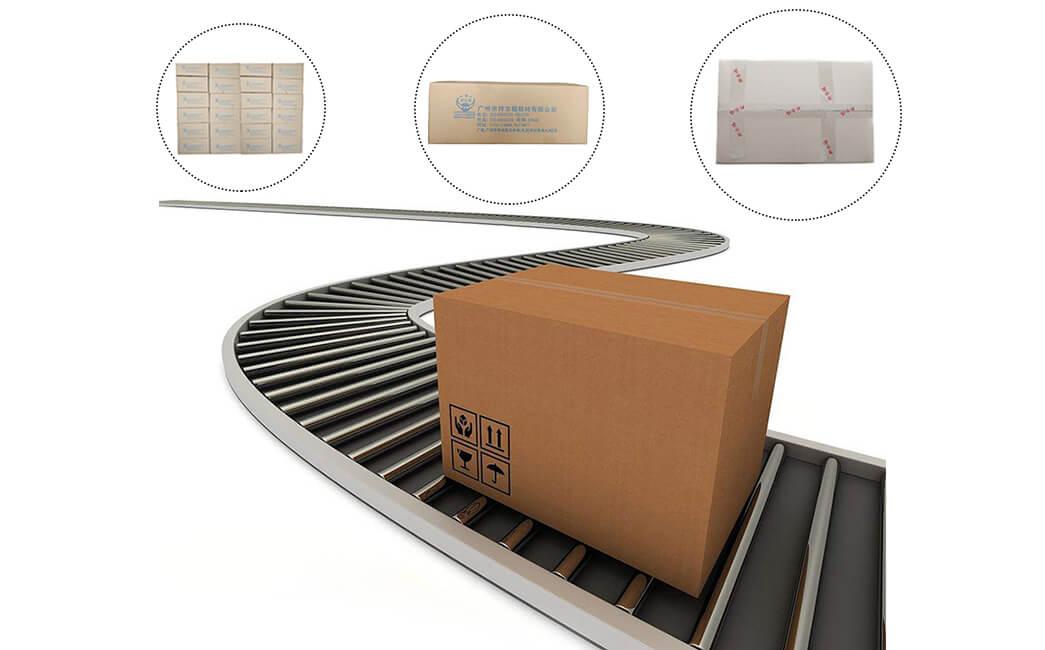The difference between EVA soles, PHYLON, PU materialEVA (Ethylene-Vinyl Acetate)Composition: A copolymer foam made from ethylene and vinyl acetate. The ratio of vinyl acetate determines flexibility and softness (higher % = softer).Manufacturing: Raw EVA pellets are expanded using heat and pressure (often with chemical blowing agents) in a mold to create the foam midsole/outsole shape. It's a relatively simple molding process.Properties:Lightweight: One of its biggest advantages.Soft & Cushiony: Provides good initial shock absorption and comfort.Flexible: Easy to bend and move with the foot.Affordable: Relatively inexpensive to produce.Durability Issues: Compresses permanently over time ("packs out"), losing cushioning. Less resistant to abrasion and tearing than PU. Can feel less stable underfoot for heavy loads or high-impact activities.Typical Uses: Basic running shoes, casual sneakers, sandals, slippers, insoles, children's shoes. Where lightweight comfort is prioritized over long-term durability/stability.PHYLONComposition: PHYLON is a type of EVA foam. It's not a fundamentally different chemical; it's a processed form of EVA.Manufacturing: The key difference. Raw EVA pellets are first expanded into large blocks or sheets under heat/pressure. These pre-expanded blocks are then reheated and compressed again in a mold to form the final midsole shape. This secondary compression step is crucial.Properties (Compared to Standard EVA):Denser & More Durable: The double-baking process creates a more compact foam structure.More Resilient: Better at retaining its shape and cushioning properties over time (less prone to packing out).Lighter Weight (Often): Can achieve similar cushioning levels as EVA with less material due to the controlled expansion/compression.Better Cushioning-to-Weight Ratio: Offers good impact protection without adding excessive weight.More Consistent: The block molding process allows for greater precision in density and shape.Slightly Firmer Feel: Than basic EVA, but can be tuned.More Expensive: The extra manufacturing steps increase cost compared to basic EVA molding.Typical Uses: Performance running shoes, basketball shoes, training shoes, higher-end sneakers. Where a balance of lightweight cushioning, responsiveness, and durability is needed. (Note: PHYLON is a trademarked name by Nike, but the process is widely used by others who might call it compressed EVA or something similar).PU (Polyurethane)Composition: A polymer made by reacting diisocyanates with polyols. Can be formulated into rigid plastics, flexible foams, coatings, adhesives, etc. For soles, it's primarily used as a foam.Manufacturing: Involves mixing liquid chemical components (isocyanates & polyols) which react and expand (often with blowing agents) directly within the mold to form the foam sole. It's a chemical reaction molding process.Properties:Durable & Long-Lasting: Highly resistant to compression set (doesn't pack out easily) and abrasion.Stable & Supportive: Offers excellent stability underfoot, even under heavy loads. Good for motion control.Denser & Heavier: Significantly heavier than EVA or PHYLON.Less Flexible: Generally stiffer than EVA foams.Can Feel "Dead" or Less Responsive: Absorbs energy but doesn't necessarily return it as quickly as some tuned EVA/PHYLON.Potential for Cracking: Older formulations or exposure to extreme elements can sometimes lead to hydrolysis (moisture-related breakdown), causing crumbling/cracking. Modern PU formulations have improved significantly in this area.Often More Expensive (than basic EVA): Due to material and processing costs.Typical Uses: Work boots, hiking boots, cleats (baseball/football), orthopedic shoes, some stability running shoes, luggage wheels. Applications demanding maximum durability, support, and load-bearing capability where weight is less critical.Summary Table:FeatureEVAPHYLON (Compressed EVA)PU (Polyurethane)Core MaterialEthylene-Vinyl Acetate FoamProcessed EVA FoamPolyurethane FoamWeightLightestLight (Often lighter than EVA for same cushion)HeaviestCushioningSoft, Comfortable (initially)Good balance, resilientFirm, SupportiveDurabilityLow (Packs out)Medium-HighHighest (Resists packing out)StabilityLow-MediumMediumHighFlexibilityHighMediumLowLongevityShortestMedium-LongLongestFeelSoft, sometimes mushyResponsive, springyFirm, stable, sometimes deadCostLowestMedium-HighMedium-HighPrimary UseCasual, lightweight trainersPerformance athletic shoesWork boots, hiking, stabilityIn Essence:EVA is the basic, lightweight, soft, and affordable foam, but it lacks long-term durability.PHYLON is a superior processing method for EVA, making it more durable, resilient, and lighter-weight-per-cushion, ideal for performance shoes.PU is a fundamentally different, heavier, denser, and much more durable/supportive material, sacrificing weight and flexibility for longevity and stability.Brands often combine these materials (e.g., PHYLON midsole with a rubber outsole, or a PU heel wedge in an EVA midsole) to leverage the strengths of each.
EVA sole
phylon sole
pu sole
Read More>>
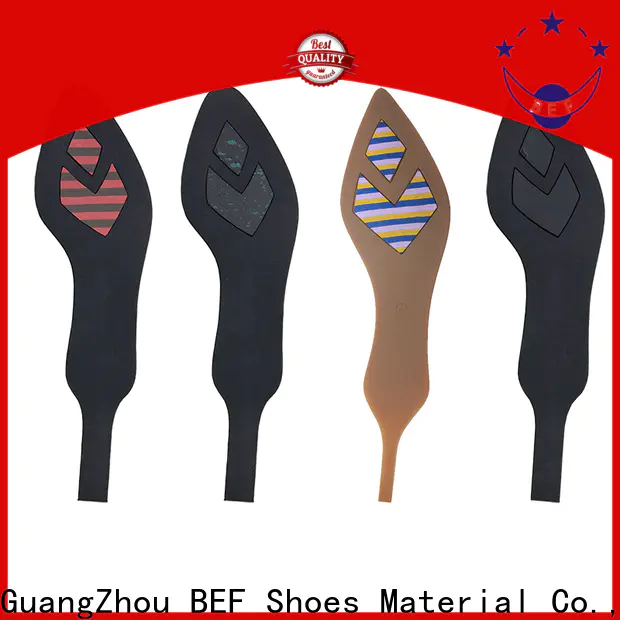
 Product Specifications
Product Specifications
 Product Features
Product Features
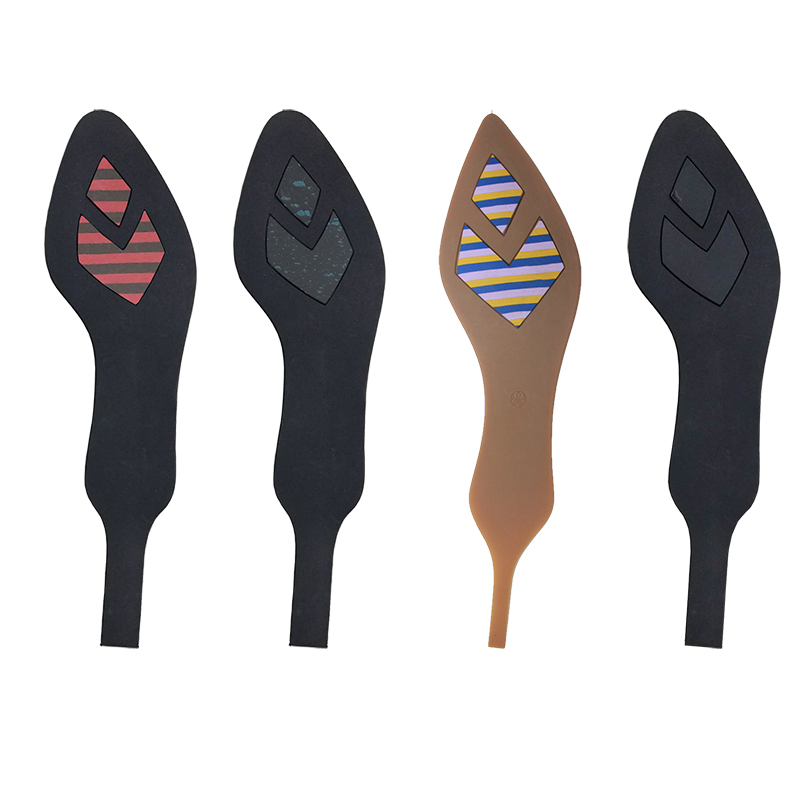
 Product Details
Product Details
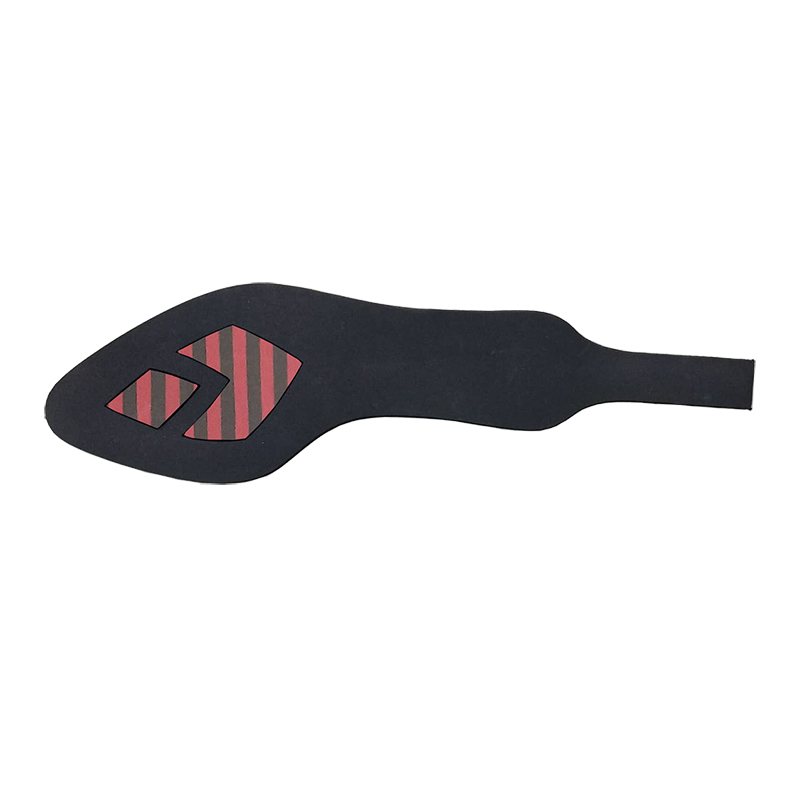
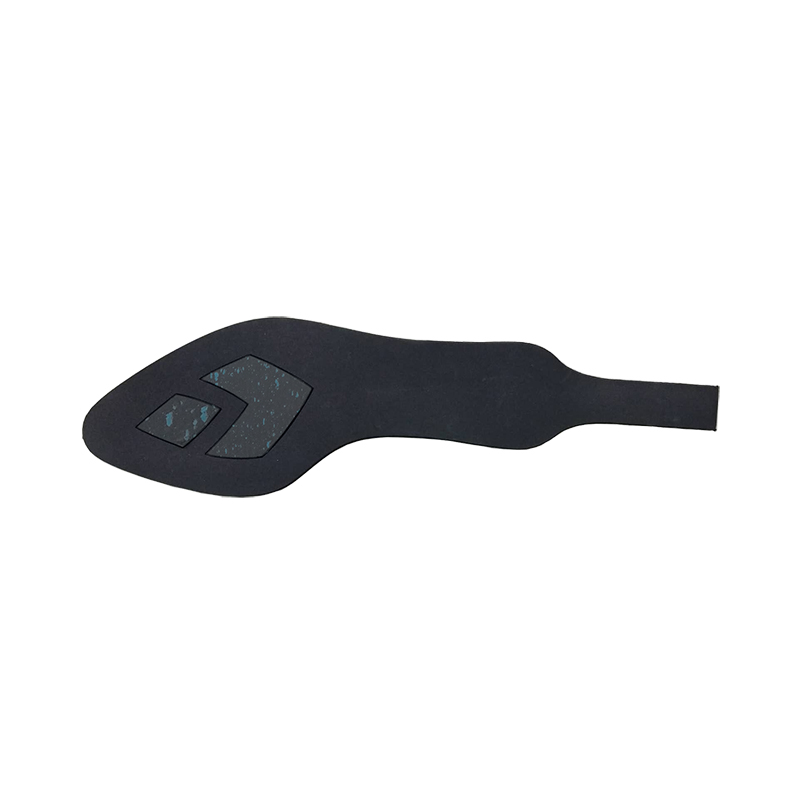
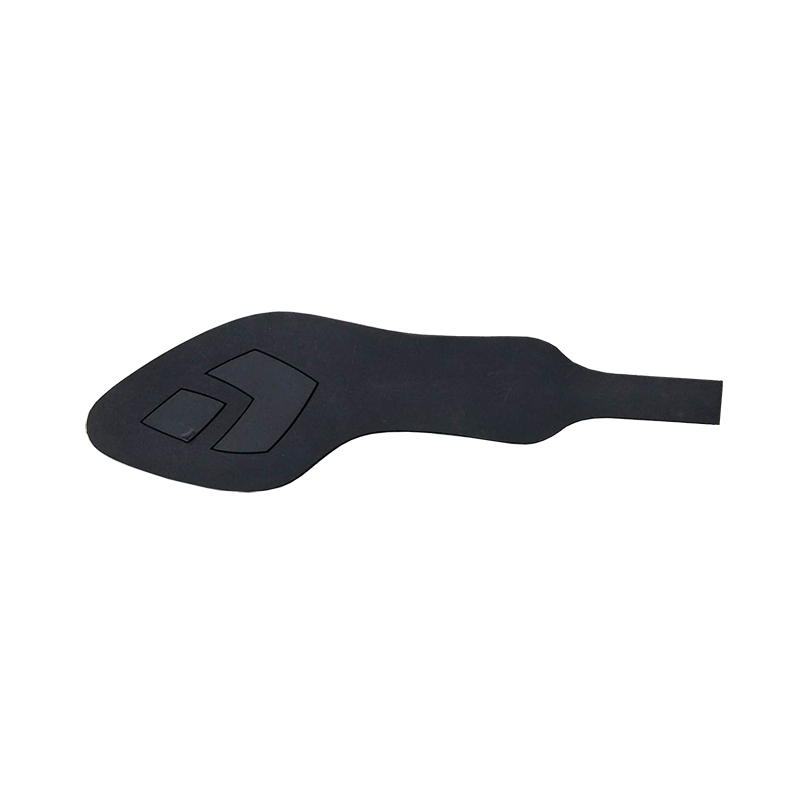
 Product Packing
Product Packing
